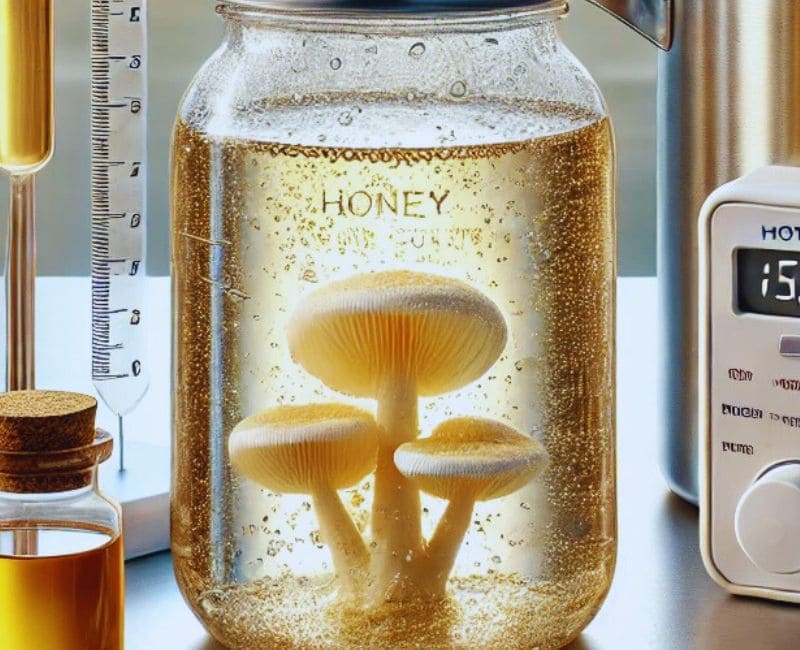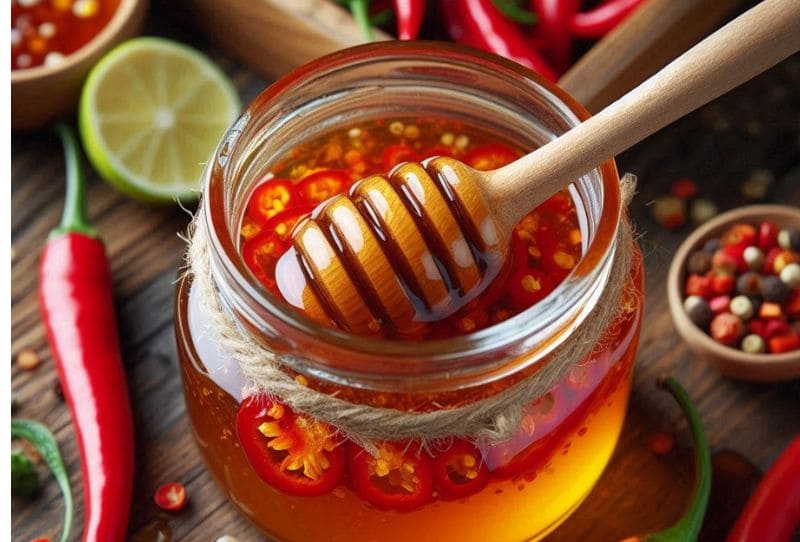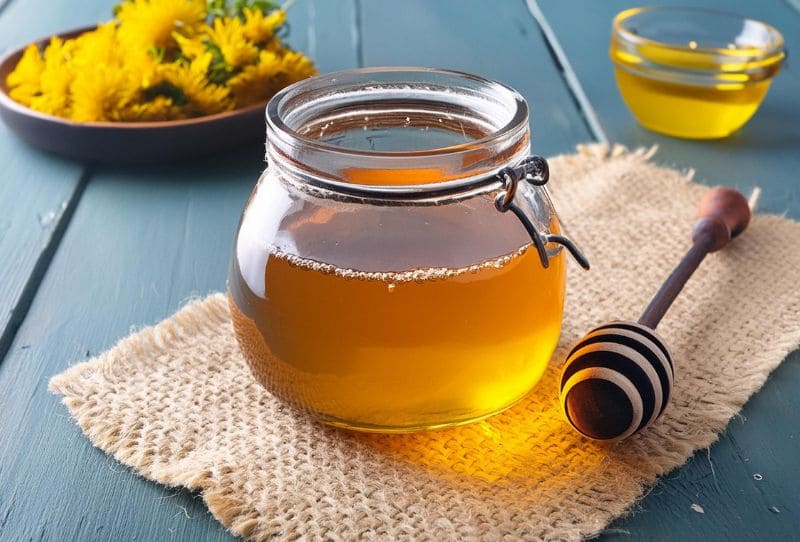Have you ever wondered how mushroom growers get such consistent and healthy results? One of their secrets lies in liquid culture. Using honey as a natural sugar source, you can create a powerful solution to promote mycelium growth. In this guide, we’ll break down everything you need to know to prepare your own honey liquid culture, perfect for growing mushrooms efficiently and affordably. Let’s get started!
Table of Contents
What is a Liquid Culture?
A liquid culture is a nutrient-rich solution that promotes the growth of mushroom mycelium. It’s like giving your mushrooms a head start, ensuring faster and healthier growth.
Honey acts as the sugar source, feeding the mycelium and supporting its development. This method is popular because it’s effective, cost-efficient, and easy to do at home.
Ingredients and Tools You’ll Need
Before you begin, gather these materials:
Ingredients
- Honey: 1 tablespoon (raw, organic honey is preferred).
- Water: 500 ml (sterile or distilled).
Tools
- A clean glass jar or mason jar with a lid.
- A syringe with a needle (for inoculating spores).
- Aluminum foil (optional, for added sterilization).
- Pressure cooker or sterilizer.
- A small flame (like a lighter or alcohol burner).
Step-by-Step Guide to Making Honey Liquid Culture
Step 1: Mix the Honey and Water
- Take your sterile or distilled water and pour it into the jar.
- Add 1 tablespoon of honey to the water.
- Stir the mixture thoroughly until the honey completely dissolves.
💡 Tip: Ensure the honey is evenly mixed to prevent clumps.
Step 2: Sterilize the Solution
- Cover the jar loosely with its lid.
- Wrap aluminum foil around the jar lid to prevent contamination.
- Place the jar in a pressure cooker.
- Sterilize the jar at 15 PSI for 15-20 minutes.
- Once done, allow the jar to cool completely before moving to the next step.
💡 Tip: Avoid opening the jar while it’s still hot to prevent contamination.
Step 3: Inoculate with Spores
- Use a sterile syringe to draw up the spores or liquid mycelium.
- Flame-sterilize the needle until it glows red, then let it cool for a few seconds.
- Inject the spores into the jar through the lid or a self-healing injection port if you’ve installed one.
💡 Tip: Work in a clean environment to avoid introducing contaminants.
Step 4: Incubate the Liquid Culture
- Place the jar in a dark, warm area (around 75–80°F or 24–27°C).
- Gently swirl the jar every 2–3 days to distribute nutrients evenly. Avoid shaking too hard, as it can damage the mycelium.
Signs of a Healthy Liquid Culture
- After 7–14 days, you’ll notice white, fluffy mycelium forming in the liquid.
- The culture should appear clean and free of contaminants (no odd colors like green, black, or yellow).
If you spot contamination, discard the culture and start over to avoid spreading unwanted spores.
FAQs
1. Can I use any type of honey?
Yes, but raw and organic honey is preferred as it contains fewer additives, making it safer for mycelium growth.
2. How long does liquid culture last?
A properly stored liquid culture can last up to 6 months in the refrigerator.
3. Can I skip the pressure cooker?
While a pressure cooker ensures sterilization, you can use a boiling water method as an alternative, though it may increase contamination risks.
4. How do I know if my culture is contaminated?
Contamination often shows as discoloration (green, black, or yellow) or unpleasant odors. If you notice these signs, discard the culture.
5. Why isn’t my mycelium growing?
This can happen due to improper temperatures, low-quality spores, or contamination. Check your process and try again with fresh materials.
Conclusion
Creating honey liquid culture is a simple yet powerful way to grow mushrooms efficiently. By following these steps, you can ensure a clean and nutrient-rich environment for your mycelium to thrive. Remember to work in a clean space, sterilize everything, and practice patience—mushroom cultivation is a rewarding journey!





